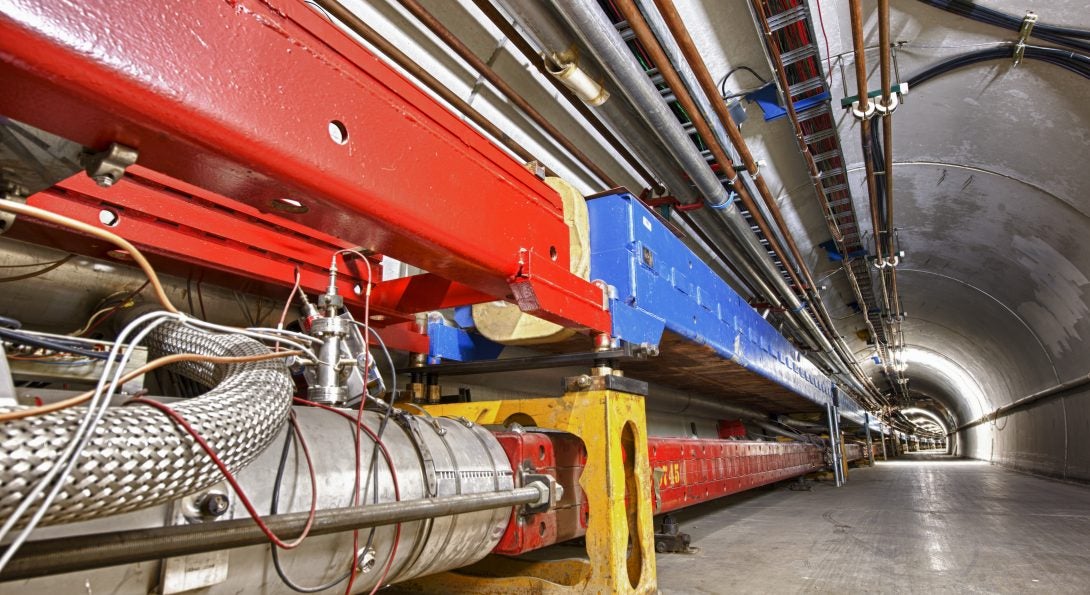High Energy Physics Faculty Contribute to Experiments that Claim Top European Physics Prize

The High Energy Particle Physics Division of the European Physical Society awarded the 2019 prize for an outstanding contribution to High Energy Physics to the Collider Detector at Fermilab (CDF) and D-Zero (D0) Collaborations. The prize recognizes the achievements of these long-running projects, which discovered and measured the properties of the heaviest known elementary particle, the top quark. The collaborations involved scientists from all over the world, including UIC High Energy Physics professors Cecilia Gerber, Mark Adams, and Nikos Varelas.
Both the CDF and D0 experiments operated at the Fermilab Tevatron collider and studied the production of sub-atomic particles that did not exist outside the laboratory since instants after the big bang. The Tevatron, located in Batavia, IL, 35 miles west of UIC, was the most powerful particle accelerator in the world from 1983 to 2009, when construction of the Large Hadron Collider was completed. The CDF and D0 experiments collected data from collisions between protons that had been accelerated to close to the speed of light. The top quark was first produced and observed in such collisions in 1994. Millions of top quarks were produced and studied by the CDF and D0 experiments until the Tevatron shut down in 2011.
Professor Cecilia Gerber, who joined the D0 experiment in 1991 and led the team studying the top quark from 2001-2003 and from 2007-2012 remarked, “The top quark is as heavy as a gold atom and decays immediately after being produced in the Tevatron collisions. The CDF and D0 experiments had to develop novel methods to detect and study such a challenging process. It is a true honor to see our contributions recognized in this way, and to have been part of the incredible journey of discovery of this very special elementary particle, that plays such a unique role in our quest to understand the origin of mass."